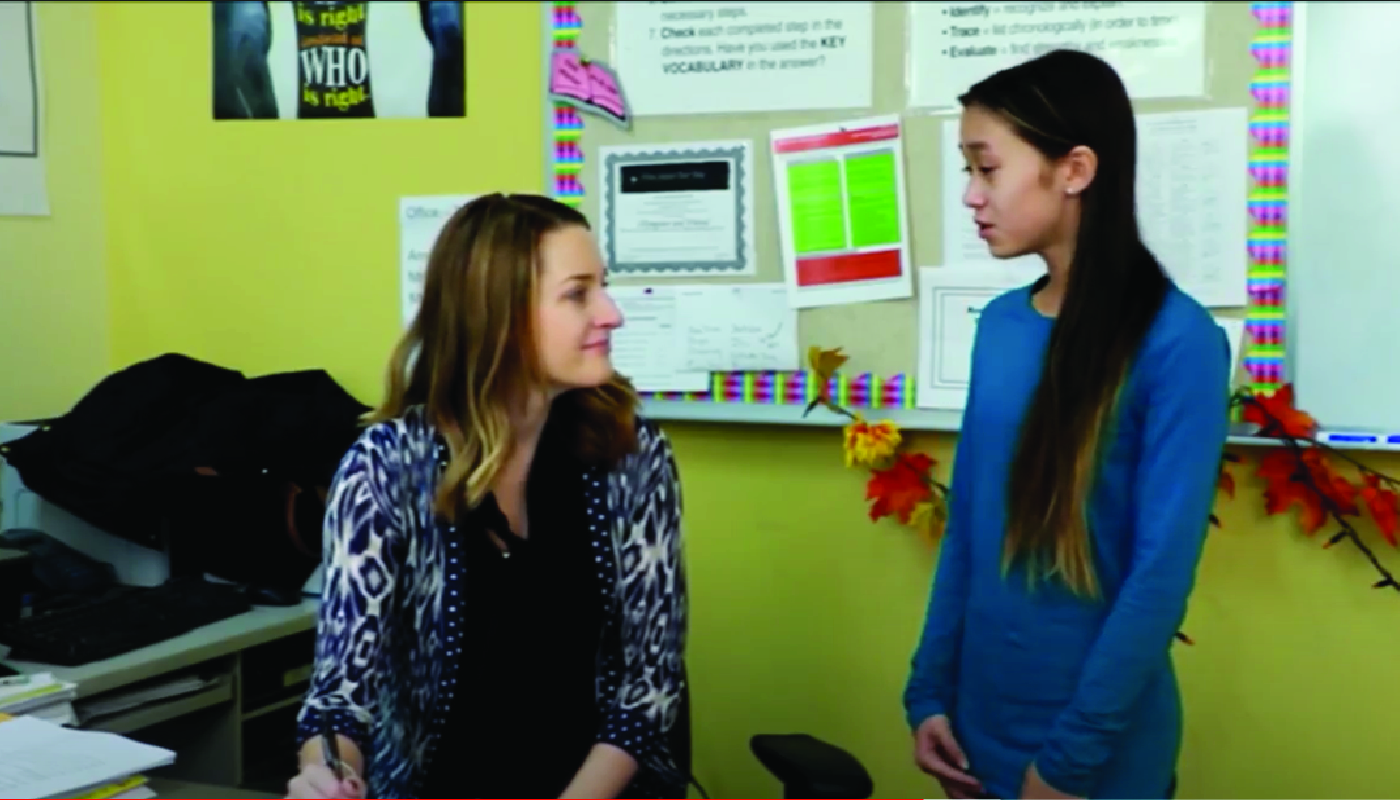
Introduction
In a busy classroom environment, it’s essential for students to develop self-regulation skills and learn how to communicate their needs effectively. For Special Education students, this can be particularly challenging. This blog post focuses on teaching students to recognize when they need a break and how to ask for one. We’ll also discuss an effective calming strategy that can help students manage their emotions and regain their focus.
No-Prep Activity
To teach students how to ask for a break and use a calming strategy, try this simple, no-prep activity. Begin by gathering your students in a circle. Explain that everyone gets upset or overwhelmed at times, and it’s essential to know how to handle these emotions. Share the example of Liz asking for a break and going to the water fountain when she feels upset.
Next, have each student practice saying, “Can I take a break? I’m having a hard time and I feel upset.” Encourage them to think of a calming strategy that works for them, like Liz’s walk to the water fountain. It could be taking deep breaths, counting to ten, or stretching. Have each student share their strategy with the group.
Finally, role-play scenarios where students might need to ask for a break and use their calming strategy. This will help them become more comfortable with the process and understand when it’s appropriate to ask for a break.
Discussion Questions
- Why is it important to recognize when you need a break and ask for one?
- What are some situations in which you might need to ask for a break?
- What are some calming strategies that you can use when you’re feeling upset or overwhelmed?
- How can practicing these skills help you in the classroom and in your daily life?
- How can you support your classmates when they need a break or are using their calming strategy?
Related Skills
Teaching students to ask for a break and use a calming strategy is an essential part of Social-Emotional Learning. Other related skills that can benefit Special Education students include:
- Emotion recognition: Understanding and identifying their own emotions and the emotions of others.
- Active listening: Focusing on what others are saying and responding appropriately.
- Problem-solving: Finding solutions to challenges and conflicts in a constructive manner.
- Empathy: Understanding and sharing the feelings of others.
- Communication: Expressing thoughts, feelings, and needs effectively.
Next Steps
If you’re interested in learning more about teaching students to ask for a break and use a calming strategy, as well as other essential Social-Emotional Learning skills, we encourage you to sign up for free sample materials at Everyday Speech. You’ll find a variety of resources designed to support educators in teaching valuable life skills to their students.

